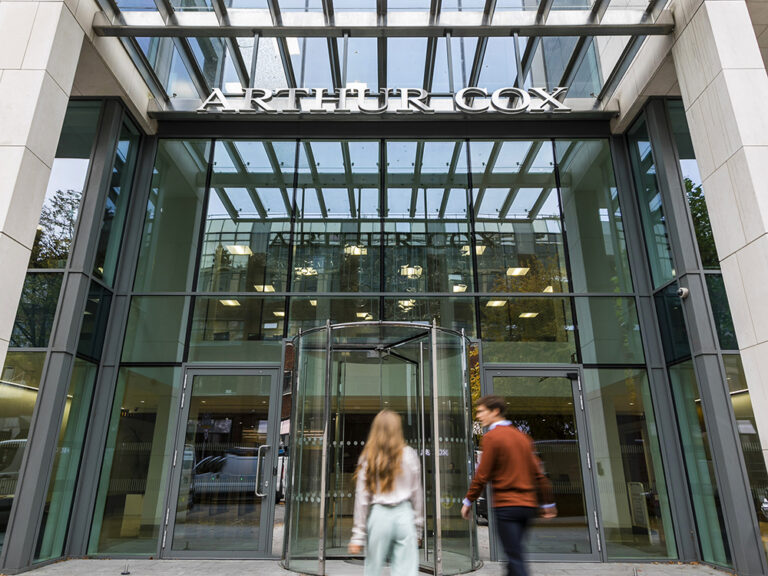

ESG and STS Securitisations: ESAs consult on optional originator disclosures
The Sustainable Finance Disclosures Regulation (SFDR), among other matters, imposes disclosure requirements on financial market participants and financial advisors regarding how sustainability risks are integrated into decisions and advice, and how adverse sustainability impacts are considered at entity and product level. However, securitisation is not a ‘financial product’ for SFDR purposes and, arising from concerns that sustainability-related disclosures were insufficiently developed in the securitisation market, the European Commission successfully proposed sustainability-related changes to the Securitisation Regulation as part of the Capital Markets Recovery Package (CMRP) and in conjunction with other changes relating to non-performing exposures and synthetic securitisations. Those changes came into force in April 2021.
Originators can opt to disclose impacts on sustainability factors
From 1 June 2021, originators of STS non-ABCP traditional securitisations and on-balance sheet STS securitisations, where the underlying exposures are residential loans, or auto loans or leases, can opt to publish the available information on the principal adverse impacts (PAIs) of the assets financed by those underlying exposures on ‘sustainability factors’. ‘Sustainability factors’ is defined by reference to the SFDR (i.e. ‘environmental, social and employee matters, respect for human rights, anti‐corruption and anti‐bribery matters’).
The European Supervisory Authorities (ESAs) were tasked with developing regulatory technical standards (RTS) on the content, methodologies and presentation of that information, and published those draft RTS for consultation on 2 May 2022. As required by the 2021 changes to the Securitisation Regulation, the ESAs drew on the RTS developed by them under the SFDR to the greatest extent possible (subject to certain securitisation-specific divergences).
Aims of the draft RTS
In developing the RTS, the ESAs aimed to:
- standardise the type and presentation of the information an originator may choose to disclose about the PAIs of the assets financed by the underlying exposures on the sustainability factors;
- help investors measure and compare the negative impacts on sustainability factors caused by the assets financed by the underlying exposures; and
- help financial market participants by providing a framework for measuring those negative impacts.
The draft RTS have not been designed as a framework for ‘sustainable securitisation’. For more information on the European Banking Authority’s work on sustainable securitisation, read our recent update: Securitisations and the EU Green Bond Standard: new EBA proposals shift focus from issuer to originator (8 March 2022).
Disclosure
The ESAs propose that disclosure take the form of a stand-alone ‘Principal Adverse Impact Statement’, based on the form annexed to the SFDR RTS which will come into force on 1 January 2023. As to how originators will publish this information, the draft RTS envisage disclosure via securitisation repositories (to allow for a central point of access and to enable validation and comparison of the disclosed information) rather than via websites (as is the case with the SFDR).
Other underlying exposures
Many of the 19 consultation questions are specific to the in-scope asset classes (residential loans, or auto loans or leases). Consistent with the SFDR RTS, only environmental indicators are included in the draft RTS for real estate, and not social or governance indicators.
However, the ESAs view is that originators of securitisations backed by other types of underlying exposures should also be able to opt to provide information on PAIs on sustainability factors. In light of that, the ESAs are also seeking feedback on potential indicators for other types of securitisations, in particular those with underlying exposures to commercial real estate, corporate debt, SME debt and trade receivables. They are also seeking industry views on whether it is feasible and desirable to develop indicators for securitisations where the underlying exposures are to credit card debt and consumer loans.
We will publish further updates as ESG-related activity in the securitisation space evolves. In the meantime, please get in touch with any member of our market-leading Debt Capital Markets group.
